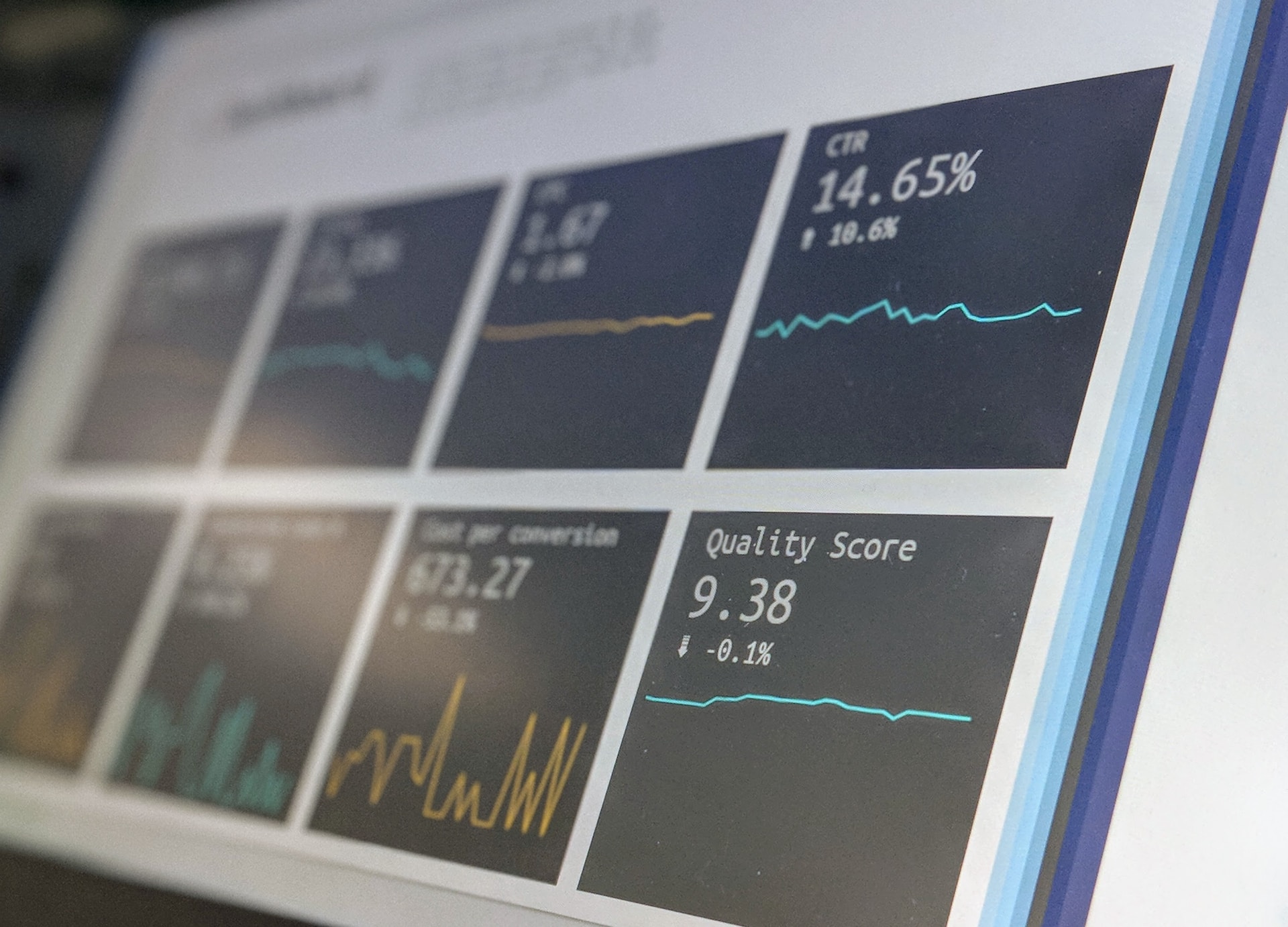Front-line staff such as nurses and support staff are the lifeblood of healthcare systems. But in recent years, these healthcare professionals have been under immense stress. Clinical personnel now grapple with higher patient ratios, leading to an amplified workload and diminished opportunities for meaningful patient interactions. All put together, when front-line staff are pushed to their limits the quality of patient care can drop dramatically, which can affect the efficacies of the health system in the long run.
Nevertheless, health systems can use modern healthcare technology such as Real-Time Location Systems (RTLS) to create a certain sense of balance by giving Nurses and support staff more control. RTLS systems are poised to automate routine tasks and liberate caregivers and with RTLS & Front-line staff working together, healthcare operations are bound to be efficient, but in what ways?
Asset Management: Eradicating the Quest for Equipment
A common sentiment that nurses can relate to is dedicating precious time to hunting down elusive medical equipment down the halls of a massive health facility. In hunting down this equipment, nurses lose precious time that they can be using to invest in their patients and the patient’s experience. This can cause further stress, lead to burnout, and overall damage to the hospital’s reputation. RTLS-enabled asset management can be a good solution to this stressful problem. By fixing asset tags to different equipment, staff can instantaneously search for assets and know where they are in real-time. This speed allows patient operations to happen quickly and efficiently. Furthermore, this system autonomously updates the status of equipment and promptly notifies the appropriate support staff when it needs cleaning or servicing. Clinical staff can rely on real-time intelligence concerning asset availability and its location, thereby increasing their operational efficiency and effectiveness.
Workflow Automation: Paving the Way for a Patient-Centric Approach
RTLS-integrated nurse systems can seamlessly detect the entry of staff members into patient rooms, execute calls, and log response times. This streamlined process effectively reduces response times and increases time spent with patients. RTLS systems can manage various tasks such as self-check-in, instantaneous patient status updates, and display screens for staff to glean real-time insights on patient statuses. The goal is to minimize bottlenecks and keep all stakeholders well-informed about patient care and progress while allowing nurses and support staff to make important, life-impacting decisions. With RTLS & Front-line staff unity, the patient invariably remains at the forefront of attention.
Staff Duress: Elevating Workplace Safety
Patient safety and well-being are core objectives for health institutions. Nurses are sometimes in risky situations that can quickly lead to stressful and hostile environments if not addressed quickly. Staff members equipped with RTLS-enabled duress & safety technology possess a discreet lifeline that can help them in tough situations. The simple press of a button on their staff badge serves as a discreet summoning for help, whenever they sense danger or require assistance. The technology integrated into these badges seamlessly dispatches location updates to security personnel and other staff facilitating a swift response and the defusing of potentially volatile situations before they happen. In the world of RTLS & Front-line staff, help perpetually stands within arm’s reach, signifying a safer workplace environment for Nurses and support staff.
Digital Wayfinding: Navigational Empowerment
In the healthcare space, clinical staff are constantly being pulled in different directions. This leaves them with few interactions beyond patient care. RTLS systems can act as a Digital Way-finder to help new patients and visitors navigate healthcare facilities. These RTLS-powered applications pre-empt interruptions to staff by presenting turn-by-turn navigation directions, while also furnishing information about the facility. Users can scour for keywords and select customized routes. This digital system minimizes the need for staff to dispense directions, streamlining workflow processes.
Addressing Concerns and Dispelling Misconceptions
One of the biggest misconceptions about using RTLS systems is staff apprehensions about being “monitored” and the potential punitive repercussions that may come from it. It is paramount to note that RTLS predominantly functions as a tool for staff and patient safety that aims at helping them control different variables and not to track them. Dispelling any notion of invasive surveillance. The goal of having an RTLS system is to be able to automate different tasks that once had to be done manually and in doing so free up more patient care.
Staff productivity & RTLS
RTLS encompasses a plethora of applications and use case scenarios, all designed to empower clinical staff, enhance patient experiences, and bolster overall staff morale. While these applications undoubtedly bring economic benefits to healthcare facilities, their primary objective revolves around enhancing the staff and patient experience. Visionary vendors such as Intelligent Locations conceive these technologies to ensure healthcare professionals can perform their roles efficiently and safely, with more time to care for the patient. RTLS isn’t just a tool; it represents the means to improve the quality of work life for healthcare professionals and leaders, ensuring the timely delivery of exceptional care.

